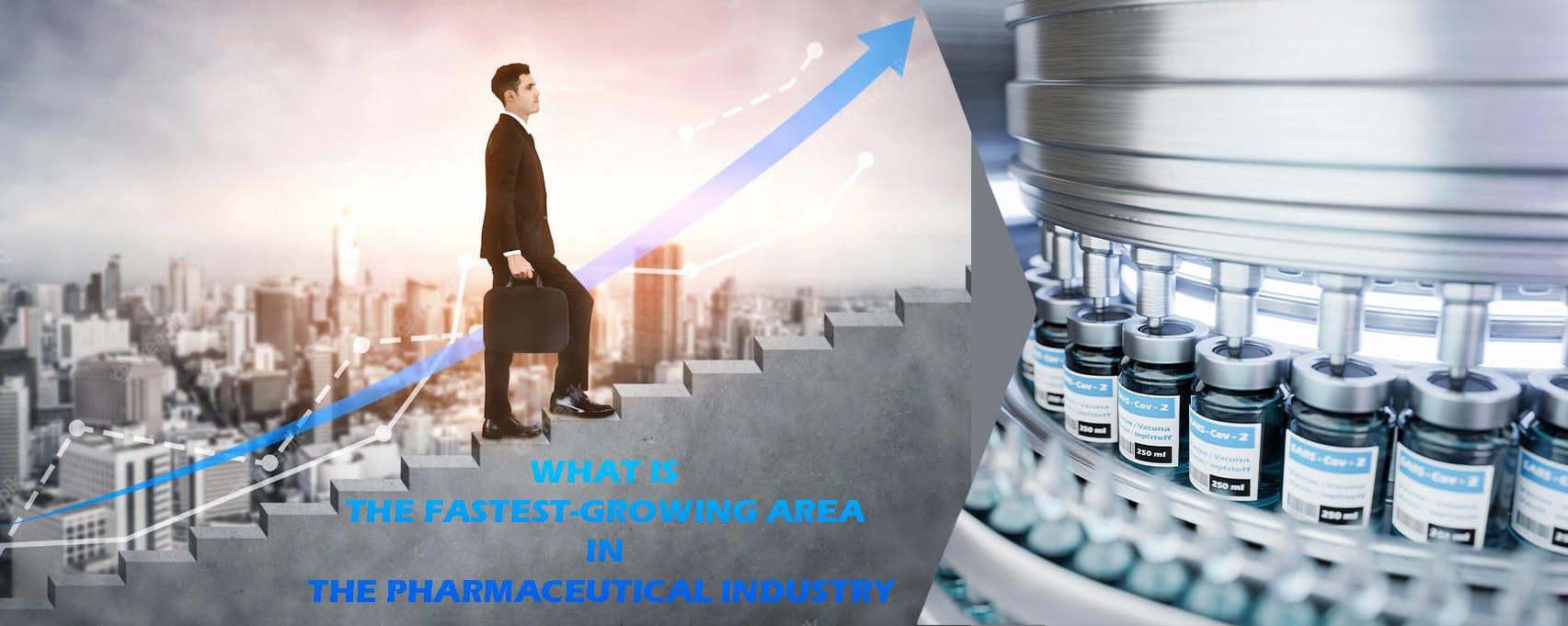
The pharmaceutical industry stands at a fascinating crossroads. On one hand, long-term demographic trends, such as aging populations and rising global healthcare spending, continue to drive sustained growth. On the other hand, the sector faces headwinds from economic and political uncertainties that cast shadows on future prospects. Despite these contradictions, several segments within the industry are experiencing rapid and sustained expansion. While growth patterns vary across regions, certain overarching trends are reshaping the pharmaceutical landscape worldwide. Below are three of the most prominent and fastest-growing areas in the industry today:
1. Nutraceuticals Surpassing Traditional Pharmaceuticals
One of the most significant shifts in recent years is the growing preference for nutraceuticals—products derived from natural food sources with health benefits—over conventional pharmaceutical supplements. Unlike standard dietary supplements that isolate specific vitamins, minerals, or amino acids (e.g., Vitamin C tablets or Omega-3 capsules), nutraceuticals are formulated using whole foods such as spinach, garlic, or beets. These products retain the complex matrix of nutrients naturally found in these foods, offering more holistic health benefits.
The human body is naturally better equipped to absorb and process nutrients in their natural form. This makes nutraceuticals not only more effective in promoting general wellness but also more compatible with our biological systems. As consumer awareness about natural health solutions increases, the nutraceutical market is poised to outpace traditional pharmaceutical supplements, particularly in preventive healthcare.
2. Injectable Medications Outpacing Oral Alternatives
While oral medications have long been the cornerstone of pharmaceutical therapy due to ease of administration, injectable drugs are gaining rapid traction—especially in chronic disease management. Oral formulations often require stabilizers and fillers that can affect absorption and bioavailability. In contrast, injectables deliver the active compound directly into the bloodstream or target tissues, ensuring more precise and efficient therapeutic effects.
In particular, prefilled syringes are becoming increasingly popular as they offer convenience, reduce dosing errors, minimize drug waste, and improve patient compliance. Their use is expanding across various therapeutic areas, including vaccines, biologics, and therapeutic proteins. The global demand for injectable medications is expected to rise substantially, driven by advancements in drug delivery systems and increasing preferences for self-administered treatments in home care settings.
3. Oncology and Neurosciences: Leading Frontiers in Drug Innovation
Cancer treatment and neurosciences represent two of the most dynamic and innovation-driven segments of the pharmaceutical industry. Oncology continues to attract the largest share of research funding and venture capital, with neuroscience following closely behind. These areas are at the forefront of personalized medicine, where treatments are increasingly tailored to the unique genetic and molecular profile of each patient.
In oncology, for example, there is a growing focus on therapeutic cancer vaccines and immunotherapies that train the immune system to recognize and destroy cancer cells. These novel therapies are contributing to a significant decline in cancer mortality rates and offering new hope to patients worldwide. Similarly, breakthroughs in neurological drug development are expanding treatment options for complex conditions such as Alzheimer’s, Parkinson’s, and multiple sclerosis.
Looking ahead, the industry anticipates a surge in the approval of highly specialized chemical, biological, and biotechnological drugs. These advancements are expected to redefine clinical approaches, ushering in a new era of precision medicine that is more effective, patient-specific, and outcome-driven.
Conclusion
The pharmaceutical industry is evolving rapidly, with notable growth in areas that focus on natural health solutions, advanced delivery systems, and personalized treatment modalities. Nutraceuticals, injectable medications, and the fields of oncology and neurosciences are leading this transformation. As innovation continues to reshape the sector, companies that invest in these high-growth segments will be best positioned to thrive in an increasingly complex and competitive healthcare environment.